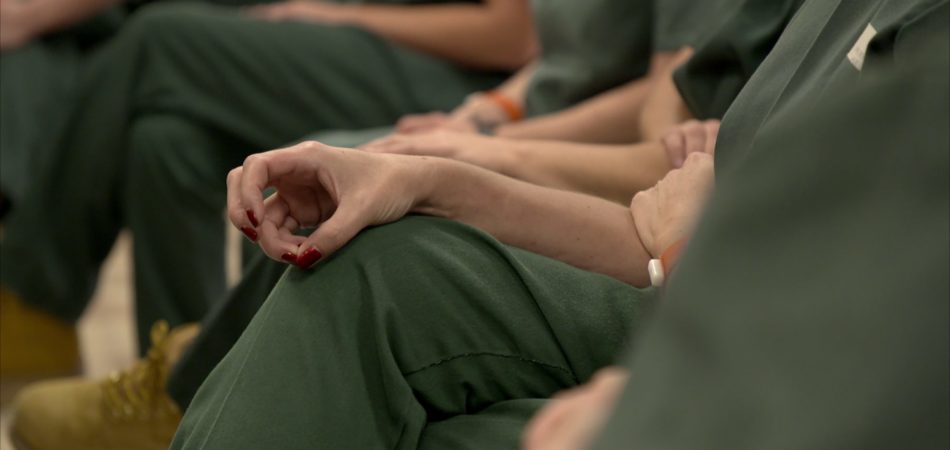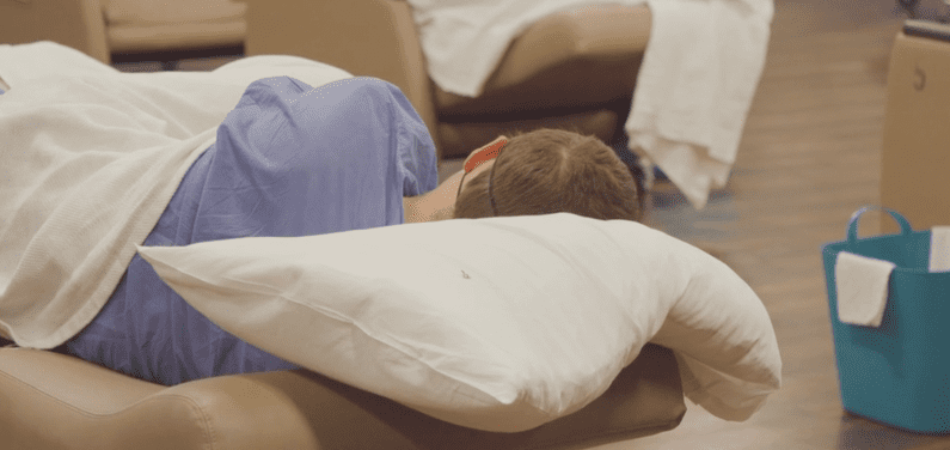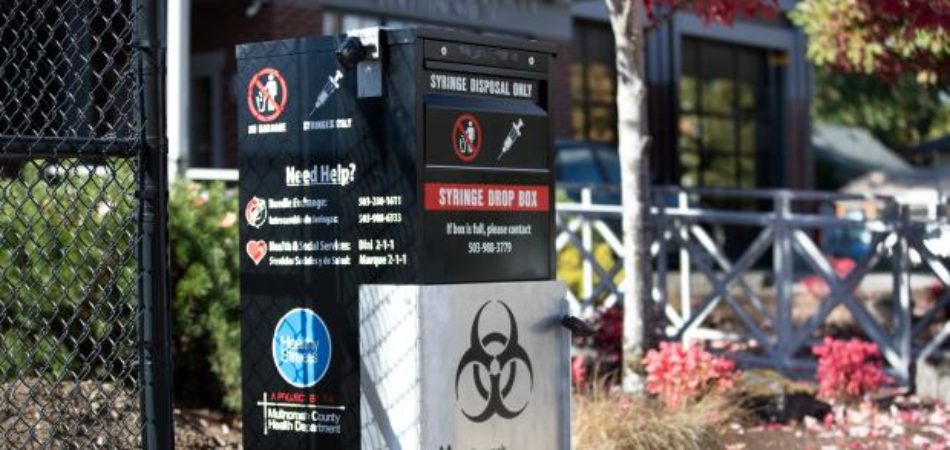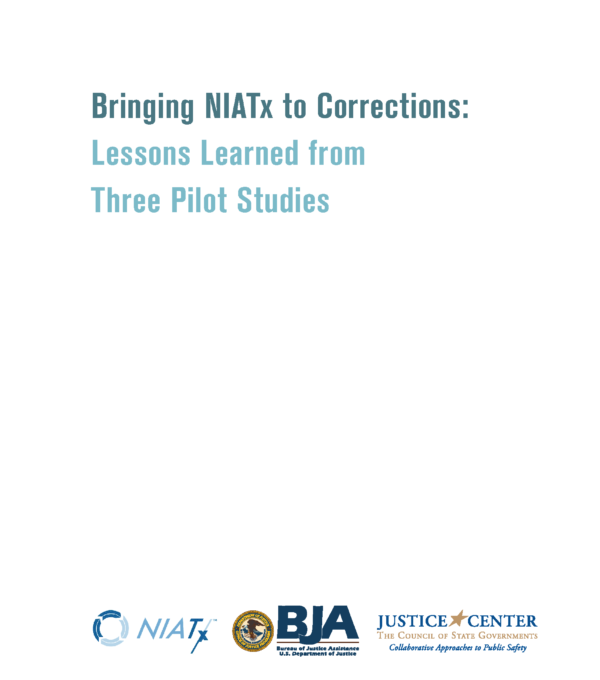Access to Treatment: Bringing NIATx to Corrections
Many people in the criminal justice system are in need of substance use treatment, but not all receive appropriate services. Approximately only 8 to 20 percent of people in correctional settings that need substance use treatment receive appropriate services, according to a 2013 study. And in the community, just 29 percent of adults with substance use disorders receive minimally adequate levels of care that meet accepted guidelines.
To guide improvement in this area, the CSG Justice Center partnered with NIATx, a learning collaborative that is part of the University of Wisconsin’s Center for Health Enhancement Systems Studies. The NIATx process improvement approach—developed based on research around the factors that are crucial to creating access to and retention in substance use disorder treatment—had already existed, and had been helping to remove barriers to substance use treatment and recovery for people since 2003.
To use these process improvements to connect to treatment people who are reentering communities from jail or prison, the CSG Justice Center worked with NIATx to create a two-part project called Access to Treatment: Bringing NIATx to Corrections.
Part I: Pilot Sites
From 2011 to 2013, the CSG Justice Center and NIATx brought the NIATx process improvement model to criminal justice agencies with a focus on the intersection between substance use disorder treatment and criminal justice systems.
The pilot sites were:
- DeKalb County, GA
- Durham County, NC
- The State of Maryland
In response to the issues these sites faced regarding data collection and monitoring, the project’s advisory board decided to develop process measures around the intersection points a person might encounter when they are involved with both the criminal justice and behavioral health systems. This effort became Part II of the project.
Part II: Interface Process Measures
The ability to track, collect, and use data was a challenge identified across the three pilot sites during the implementation of the NIATx process improvement model. To that end, interface process measures were developed to be a guide for the criminal justice and behavioral health fields on how the connection between the two systems can be tracked and used at various points along the Sequential Intercept Model.
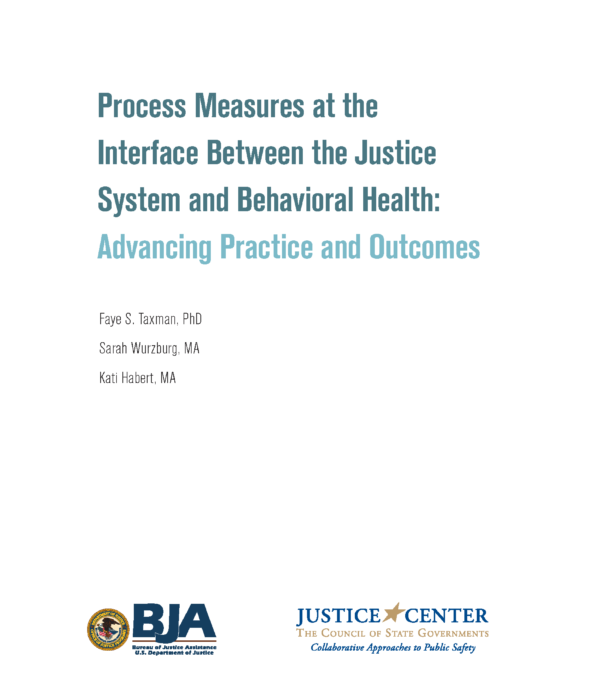
Between 2011 and 2013, the CSG Justice Center worked with NIATx—a learning…
Read More
On February 4, 2014, national leaders in the criminal justice and behavioral…
Read More New Hampshire Continues Justice Reinvestment Effort to Improve Conditions for People Who Are High Utilizers of Criminal Justice and Behavioral Health Systems
Read More
New Hampshire Continues Justice Reinvestment Effort to Improve Conditions for People Who Are High Utilizers of Criminal Justice and Behavioral Health Systems
Read More
 New Hampshire Commission Reviews Final Policy Recommendations to Reduce Reliance on Incarceration as Part of Justice Reinvestment Initiative
Read More
New Hampshire Commission Reviews Final Policy Recommendations to Reduce Reliance on Incarceration as Part of Justice Reinvestment Initiative
Read More
 Three Things to Know About New Jersey’s Groundbreaking Community Response Legislation
Three Things to Know About New Jersey’s Groundbreaking Community Response Legislation
In response to growing calls for police reform in New Jersey, particularly following the shootings of Najee Seabrooks and Andrew Washington in March and August 2023, a coalition of law enforcement officials, mental health professionals, and community advocates partnered to explore public safety response alternatives.
Read More